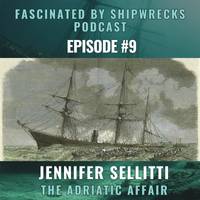
PODCAST: The Adriatic Affair - Finding the 1856 Le Lyonnais Wreck
; the vessel that collided with and sank SS Andrea Doria in 1956. She has served as surface support for expeditions to RMS Lusitania, SS Andrea Doria, and Titanic’s sister ship, HMHS Britannic. Jennifer is passionate about educating the public about maritime history. She serves on the board of the New Jersey Maritime Museum, is an associate member of Boston Sea Rovers, and speaks frequently at museums, dive clubs, and conferences about underwater exploration. She is the creator of All Aboard!, an educational program aimed at bringing maritime history into classrooms and communities. Jennifer earned
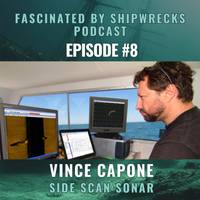
Fascinated by Shipwrecks Podcast: Episode 8 – Vince Capone
thing we have now is using a computer for analysis.” Vince CaponeTechnological changes in shipwreck hunting, side scan sonar and underwater robotics is something Vince Capone has had a front row seat to since the 1970s when he became a certified NAUI advanced diver exploring the shipwrecks of New Jersey. In this episode, host Kathy A. Smith talks with Capone about the famous seven-sided 1758 Land Tortoise radeau cannon platform known as the Lake George Radeau, the discovery of the U-215 mine-laying U-boat, and the work underway to find what may be another civil war submarine.About Vince CaponeVince
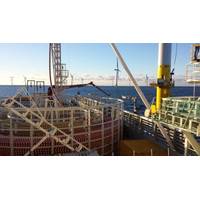
Hellenic Cables Secures Inter-Array Cabling Contract for NJ Offshore Wind Farm
projects in the United States.Hellenic Cables will supply 65km of 132kV inter-array cables, a part of the project’s total inter-array cable needs.The Leading Light Wind project, being developed by lead developer Invenergy and co-developer energyRe, is located over 40 miles off the coast of the New Jersey, in the New York Bight lease area.The offshore wind farm will be able to generate 2,400 MW of clean energy, enough to power up to one million homes annually while offsetting 4 million tons of CO2 emissions each year once operational.The delivery of the inter-array cables is planned for 2030, with
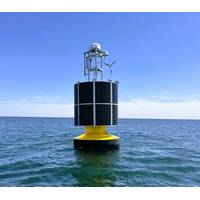
OPT Concludes Next-Gen PowerBuoy Ocean Trials
Ocean Power Technologies (OPT) has completed more than four months of offshore testing of its next generation PowerBuoy in the Atlantic Ocean off New Jersey.The solar and wind power equipped PowerBuoy also featured OPT’s proprietary artificial intelligence capable Merrows suite of solutions.The system maintained 100% data uptime and the state of charge of the batteries remained over 90% throughout the deployment, according to the U.S.-based company.During the deployment, several intelligence, surveillance, and reconnaissance demonstrations for potential customers were completed.Having operated
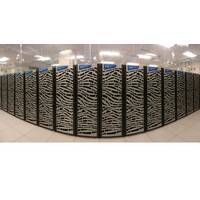
$100 Million Boost for NOAA’s High-Performance Computing: Introducing Rhea
to be added, further enhancing NOAA’s HPC capabilities for both federal and private sector partners.Once operational, Rhea will join NOAA’s existing Research and Development High-Performance Computing System, which includes four other HPC centers located in Boulder, Colorado; Princeton, New Jersey; Oak Ridge, Tennessee; and Starkville, Mississippi. The addition of Rhea will increase NOAA’s R&D HPC capacity to approximately 43 petaflops, with another system at NESCC pushing the total to around 48 petaflops. A petaflop represents one thousand trillion operations per second, reflecting
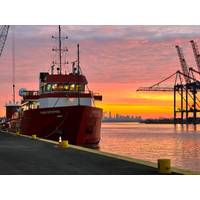
Fugro Concludes Four-Year US Offshore Wind Survey
Fugro has completed four years of continuous survey operations in New Jersey and New York for US-based offshore wind developer Atlantic Shores Offshore Wind.Supporting the site assessment of five projects across three lease areas totaling 1,000 km², Fugro worked with Atlantic Shores to pioneer a new data collection and management approach.According to Fugro, this increased survey efficiency by 30% and contributed to the recent federal approval of Atlantic Shores South, which will provide 2,800 MW of clean energy to New Jersey.Traditionally, offshore wind site assessments have required multiple

Gulf of Mexico Dead Zone More Than Double 2035 Target
of low to no oxygen that can kill fish and marine life — is approximately 6,705 square miles, the 12th largest zone on record in 38 years of measurement. This figure equates to more than 4 million acres of habitat potentially unavailable to fish and bottom species, an area roughly the size of New Jersey.Scientists at Louisiana State University and the Louisiana Universities Marine Consortium (LUMCON) led the annual dead zone survey July 21–26 aboard LUMCON research vessel Pelican. This annual measurement is a key metric that informs the collective efforts of the Mississippi River/Gulf of
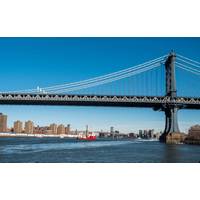
Fugro Nets Fresh Work for Community Offshore Wind on US East Coast
to power more than one million US homes with renewable energy from offshore wind.“This survey work is a vital step forward that will ensure our projects are developed sustainably and responsibly, while preparing us to bring new clean energy to communities across the region and help New York and New Jersey meet their nation-leading climate targets,” said Doug Perkins, President and Project Director, Community Offshore Wind.“Fugro is extremely proud that Community Offshore Wind has once again entrusted us to deliver the Geo-data and analysis needed to advance their offshore wind project
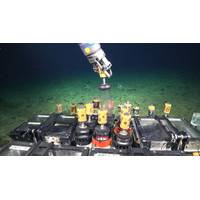
Scientific Discovery: Chile's Deepest Cold Seeps
bubbles coming from the ocean floor in SONAR data; the soundwaves sent to the seafloor that are used for mapping it. The bubbles are not always visible for deeper seeps, making locating them more challenging.The expedition’s Co-Chief Scientist, Dr. Lauren Seyler of Stockton University, New Jersey, USA, led the seep-finding endeavor. The effort was a collaboration between Seyler and Drs. Antonio Molina and Oscar Ercilla of Centro de Astrobiología (CAB, CSIC-INTA) in Madrid, Spain, Science Coordinator Jessica Eberle, and the R/V Falkor (too)’s marine technicians, with additional


 February 2025
February 2025





